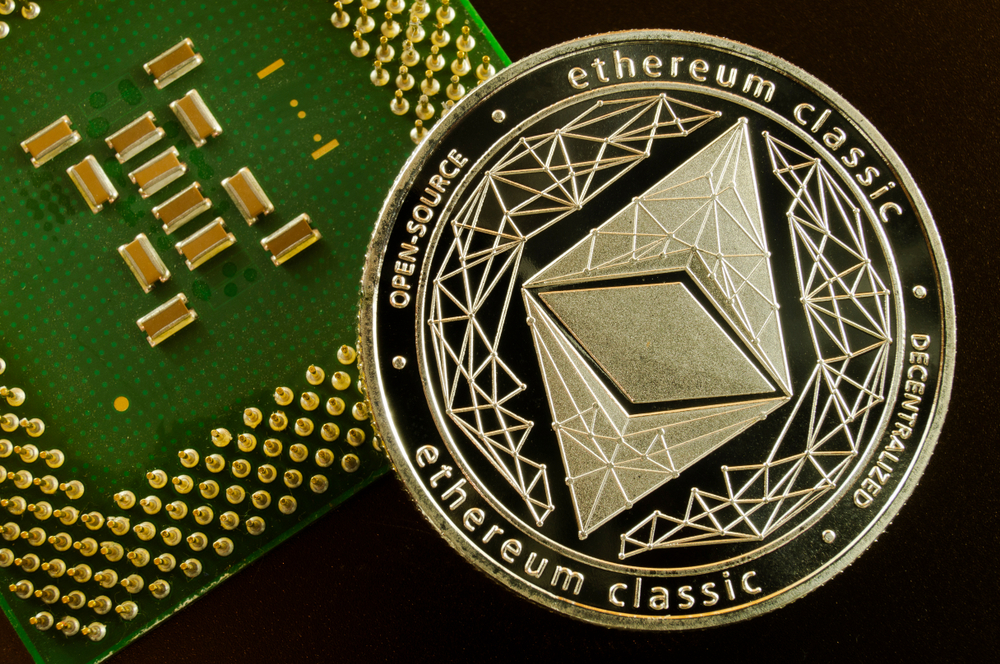Ethereum’s burn rate and supply have hit rock bottom recently, even as the broader crypto market struggles to pull itself out of the woods despite some of the wins witnessed over the past seven days.
The second largest crypto asset by market capitalization is in a rough patch following issues with some aspects of its ecosystem.
Is Ethereum In Danger?
For most of the year, Ethereum Merge and EIP-1559 were the driving forces behind Ethereum’s market price and performance. The upgrade proposal included burning mechanisms, stripping away massive Ethereum tokens from supply circulation for over a year.
With fewer assets in investors’ wallets, there is less selling pressure on the token in the market. Unfortunately for Ethereum, analysts are undecided over whether there could be a massive drop in the network’s activity by the end of the year.
Many whale investors have left the scene after the disruptive crypto winter, the crash of the Terra Luna ecosystem, the FTX explosion, and other setbacks the industry has seen. Without prominent players, retail traders are left to spur activities in the Ethereum-burning environment.
Meanwhile, an industry expert opined that the Ethereum offset has slumped by 0.89%, suggesting that most of the issued coins by the network will not be burned. Instead, they would be reinjected back into the existing supply.
However, the network’s burning problem is not the only reason the price of ETH is plummeting. The current situation in the crypto market leaves no option for the asset to grow beyond its current position.
A Positive And Negative Result
The position of the largest Ethereum holder on the Shiba Inu network has drastically shrunk in 30 days. The number of SHIB tokens held by the whales is 5.8 trillion, or approximately $48.26 million.
This amount denotes 2.22% of the aggregate size of the whale’s portfolio. At the time of writing, WhaleStat reported that SHIB had undergone another round of selloffs by the leading Ethereum whales in the last 24 hours.
Furthermore, the outflows have become part of the top 10 most-sold-out assets by the large token holders. The latest activities have pros and cons, as the activities of the crypto whales have significantly influenced SHIB’s price.
Despite the positive side of the prominent investor’s participation, their action has put a strain on the value of SHIB, risking another massive selloff phase as it has happened in the past six months.
